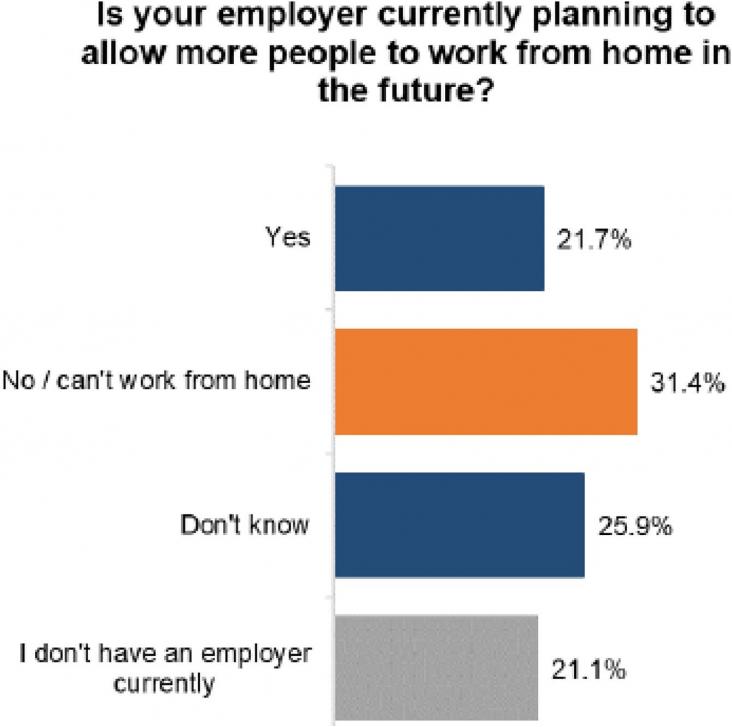Although older people have been recognised as a vulnerable group in humanitarian crises, they have not traditionally been considered a priority for humanitarian assistance.
The ongoing novel coronavirus (COVID-19) pandemic has highlighted the need for individuals to have easy access to healthcare facilities for treatment as well as vaccinations.
Although changes in socio-cultural positions appear to take place shortly after arrival, there is a growing concern on socio-cultural differences in receiving societies and it is widely recognized tha

Telecommuting has become a dominant professional experience for many Canadian business and workers due to the COVID-19 pandemic. Telecommuting has several benefits that are separate from COVID-19.
Health care providers and technology companies may consider forming health equity advisory algorithmic stewardship committees that can provide oversight and evaluate the design and implementation of real-world AI/ML solutions.
An Article examining ethnic inequalities in stroke care in New Zealand, in the context of SDG 3 and 10, with the results showing poorer access to stroke interventions among Māori communities.
An analysis of ethnic inequalities in reproductive, maternal, newborn and child health interventions in Ecuador, in the context of SDG 3 and 10, showing that Indigenous people are most likely to face difficulty accessing such services.
Objectives: Health inequities exist for racial groups as a result of political, societal, historical and economic injustices, such as colonisation and racism.
Objectives: To synthesize literature about teaching social justice to nursing students and identify approaches for effective teaching of social justice issues in nursing education.
This Viewpoint supports SDGs 3 and 10 by arguing that greater attention and emphasis should be placed on children with developmental disabilities in early childhood development strategies, which would necessitate funding and investment specifically for this patient population.
